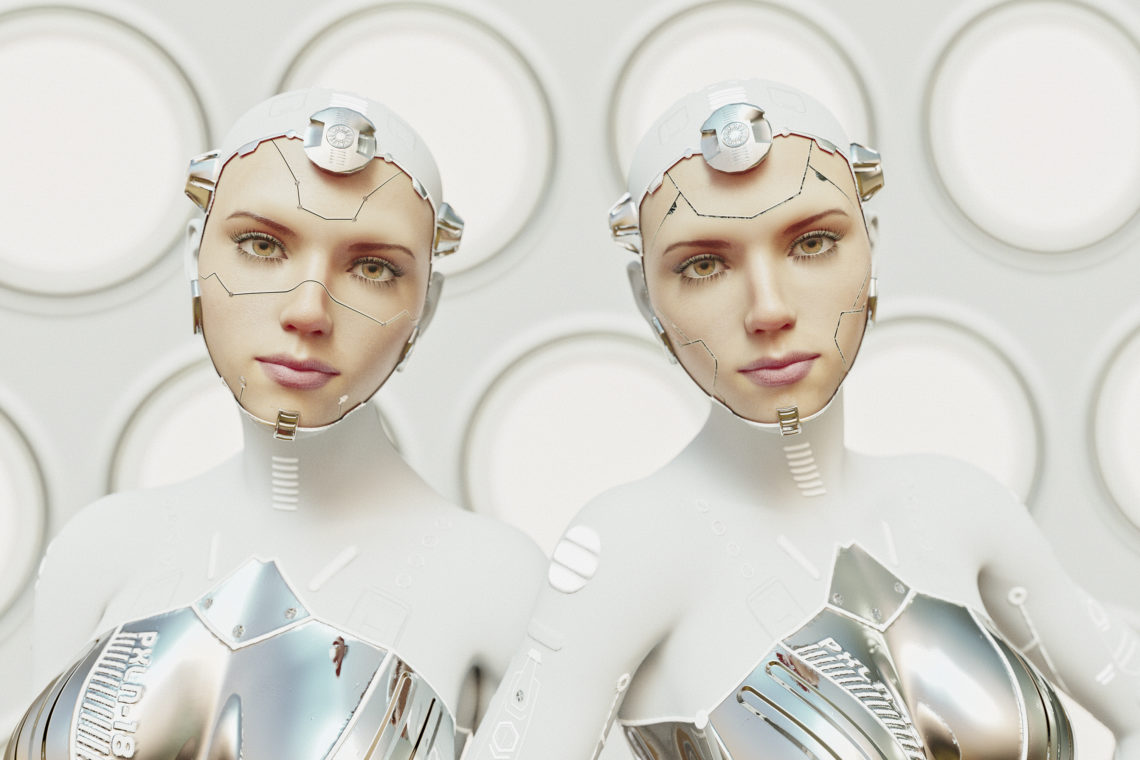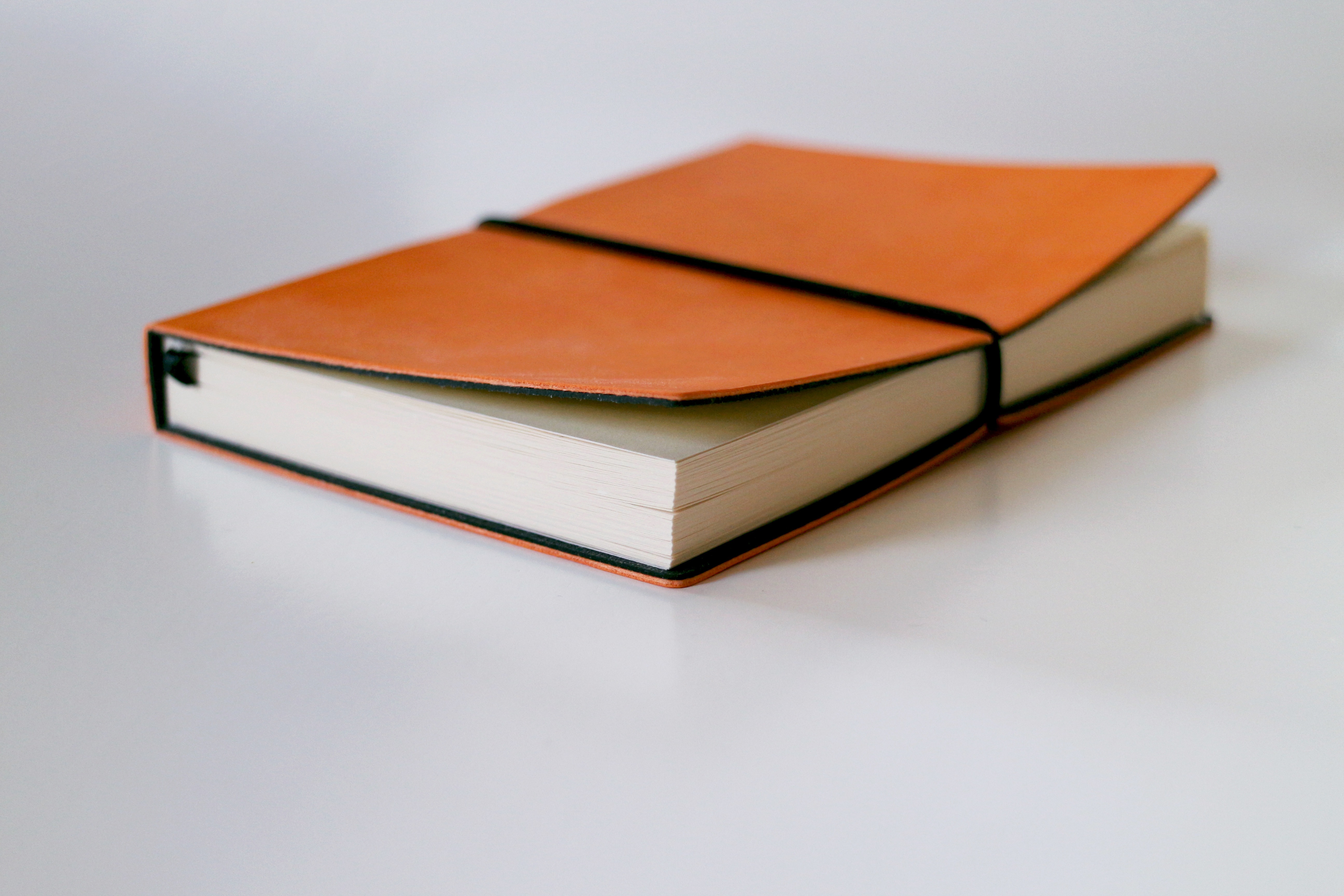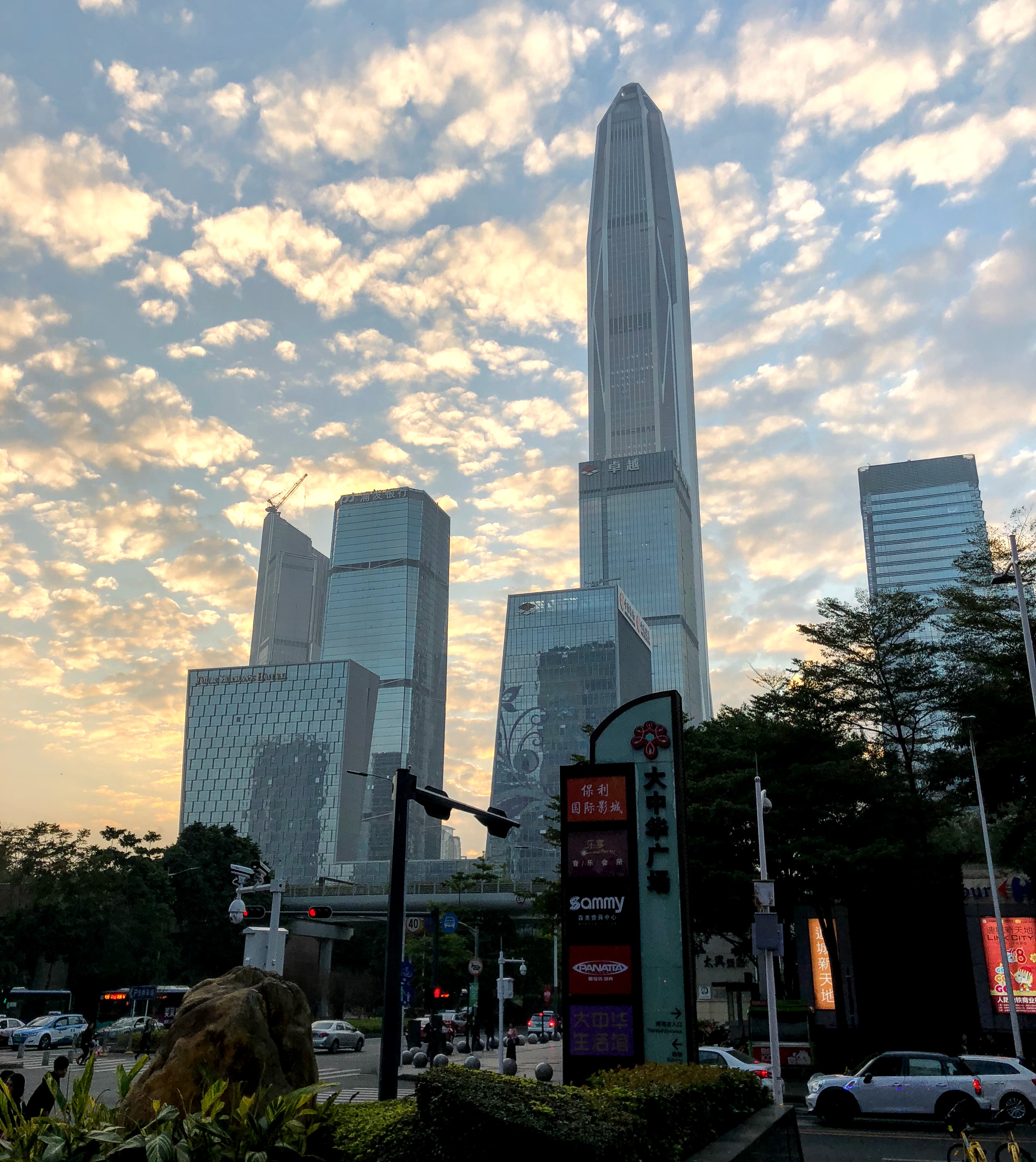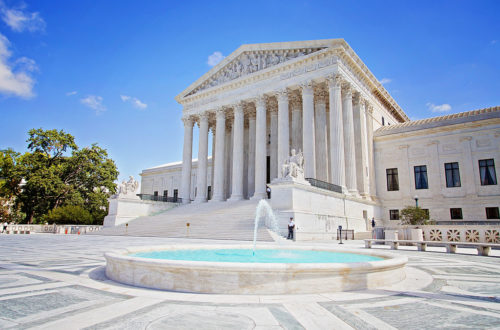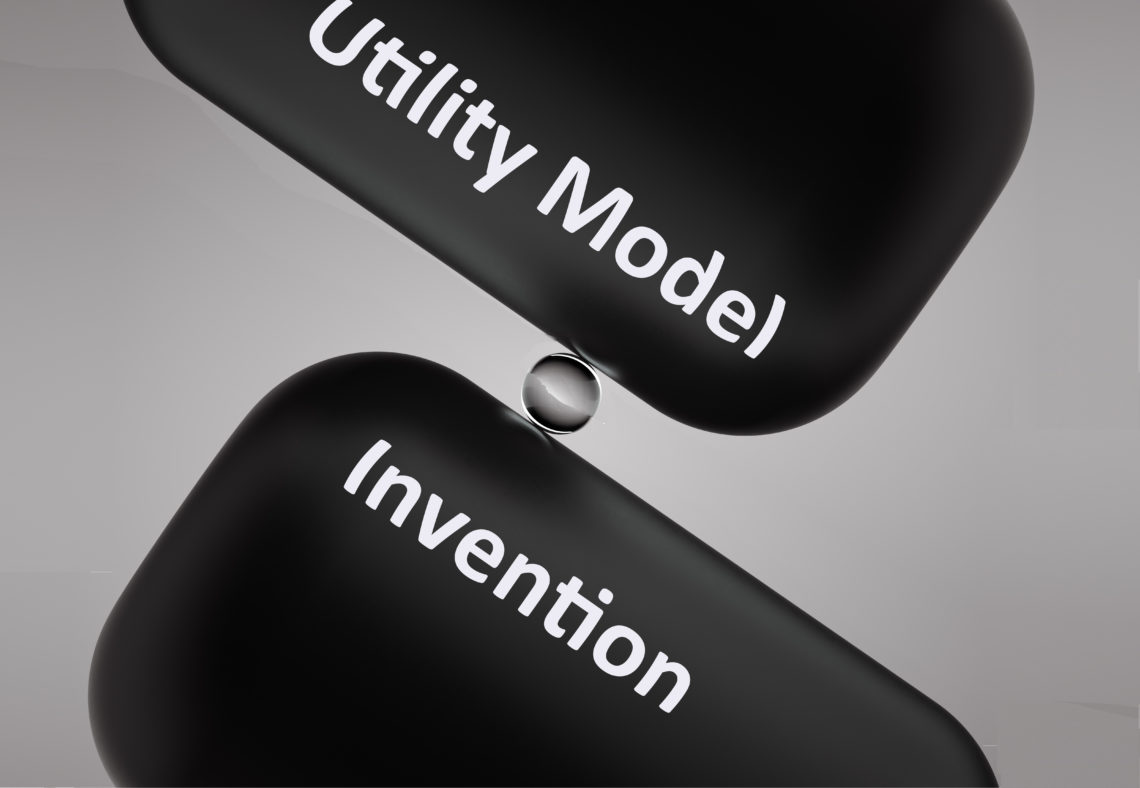Snippets of Court Cases, Provisions, and Key Observations about China’s IP Landscape Around the end of July 2021, the Supreme People’s Court issued a new Provision concerning the application of law about a super-hot technology, facial recognition. This Provision is a legal explanation from the SPC explaining how the law should be applied or interpreted in a litigation. This Provision emphasizes that facial information is sensitive biometric information. It is considered a type of personal information having the strongest social attributes, yet at the same time it is very easy to collect. It is fundamentally unique and unchangeable. Once leaked, it will cause extreme damage to individuals’ personal safety and…
-
- China, Court Cases, Courts, EIP Coffee Break, EIP Patent 101 Corner, prosecution, Supreme People's Court
Do Invention and UM Patents Filed on the Same Day Rise and Fall Together?
Snippets of Court Cases, Provisions, and Key Observations about China’s IP Landscape Seminal Cases by the SPC Recently, the Intellectual Property Division of the Supreme People’s Court (SPC) issued a list of seminal (精品) cases. Although China is not a case law country, such seminal cases issued by the SPC have high guiding impact for similar cases in the future, so they are still worthy of attention. One of the seminal cases ((2020) 最高法知民终699号) is very interesting. It involves a set of “same day applications”, i.e. an invention patent and utility model (UM) patent directed towards the same invention filed on the same day. The key issue is: if the…
-
What is the difference between an Invention Patent and a Utility Model Patent?
There are two types of patent protection in China. Invention patents (similar to a US utility patent) have a term of 20 years from the date of filing and may be granted for both methods and products. Utility model patents (similar to a petty patent) may be granted in China for technical solutions that relate to shapes or structures of a product, and have a term of 10 years from the date of filing. Utility model applications are subject to preliminary examination to check for compliance with formal requirements, novelty, unity of invention and patentable subject matter. Invention patent applications are subject to search and examination similar to those conducted…
